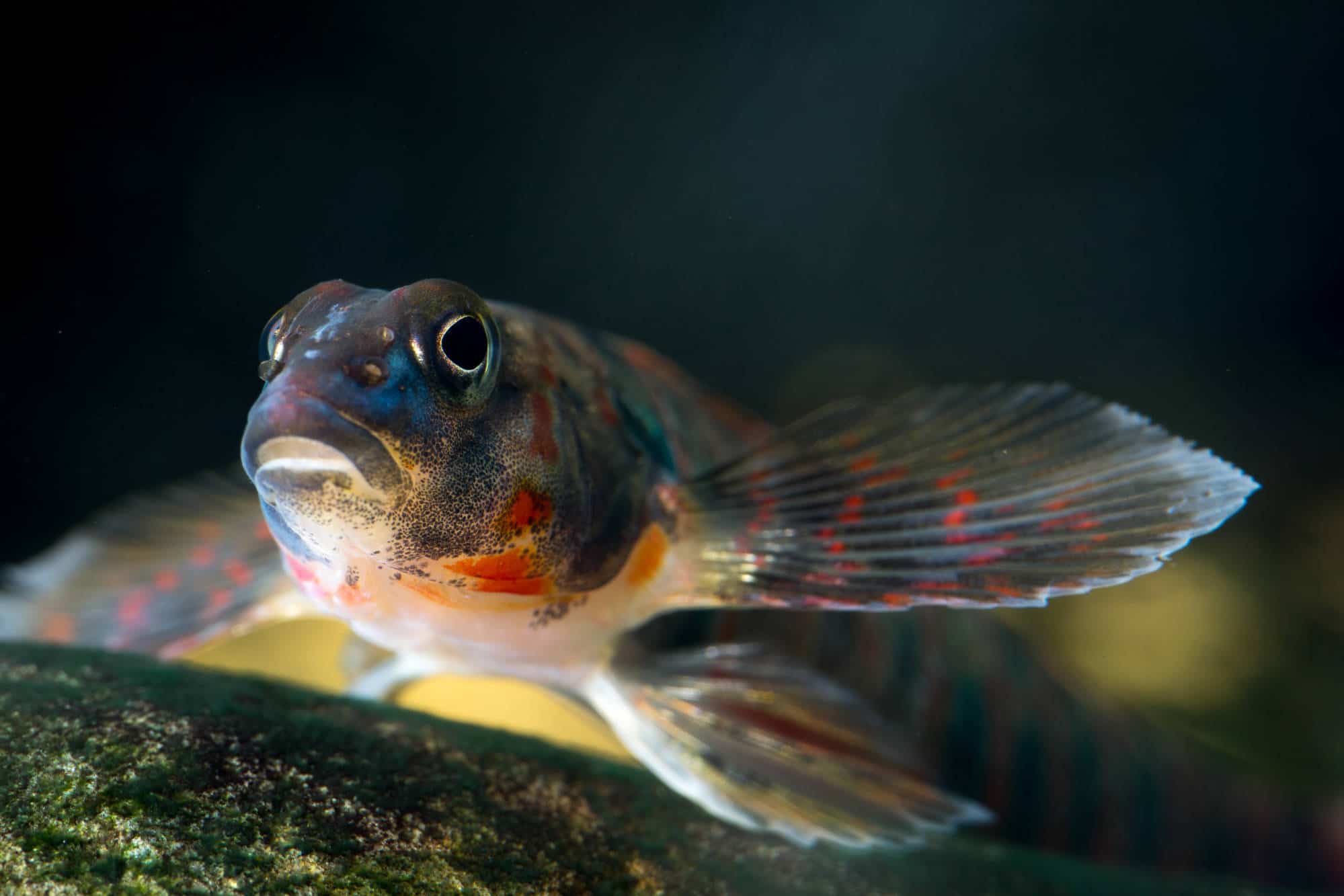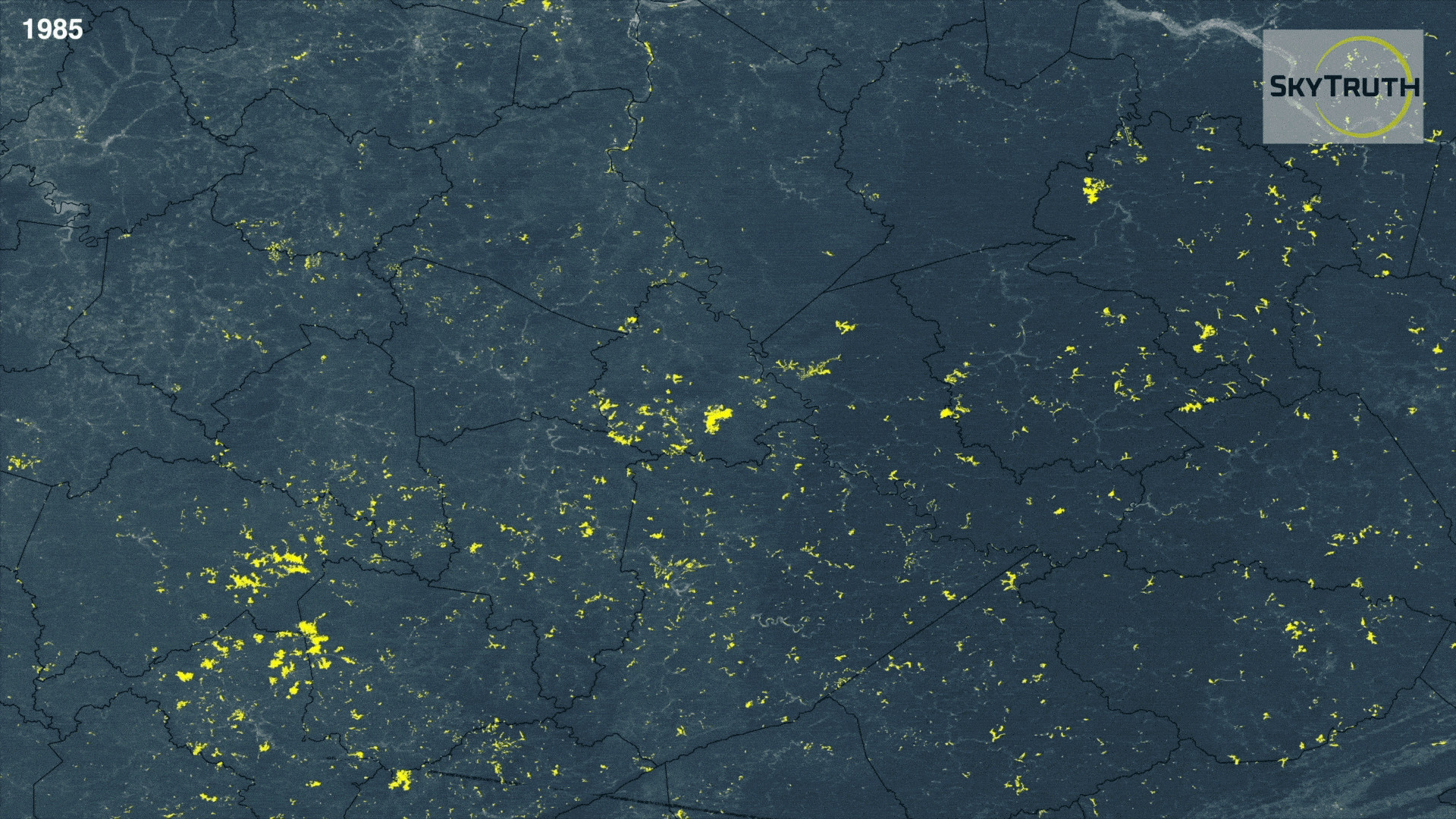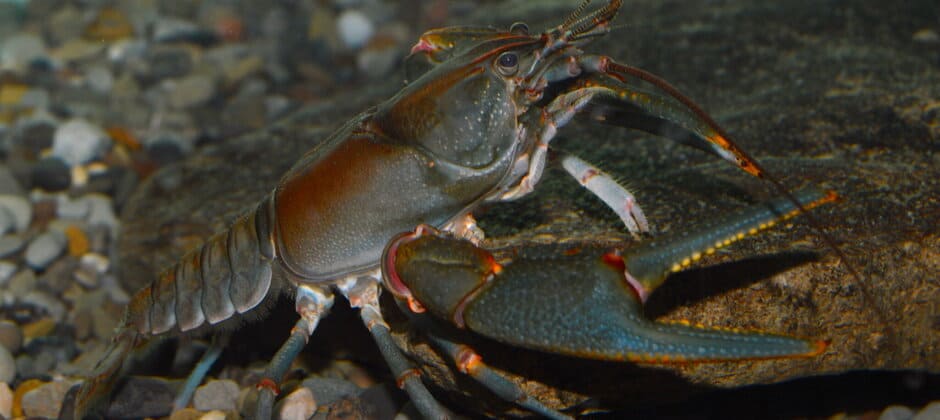Share this article
Mountaintop removal heightens water toxicity
Mountaintop removal mining, a coal mining technique commonly used in the Appalachian Mountains, can result in water quality levels that are toxic to aquatic wildlife, including dozens of endangered and threatened species, beyond the mines’ footprint, researchers found.
Since the permitting program for new mines were first approved under the Endangered Species Act in 1996, mountaintop mines have appeared throughout Kentucky, Tennessee, Virginia and West Virginia, raising concerns among conservationists who worry the mining technique, which removes the tops of mountains and ridgelines and deposits the debris into streams, was negatively impacting species.

Candy darters (Etheostoma osburni) like this one in West Virginia are impacted by mountaintop mining.
Credit: Ryan Hagerty/USFWS
In a study published in PLOS ONE, Michael Evans, a senior conservation data scientist at Defenders of Wildlife, sought to combine satellite imagery and water quality data to try to quantify the effects on waterways.
“We wanted to be able to understand on a landscape level the extent of the larger footprint of mountaintop removal mines and the relationship between that and water quality,” Evans said.
He and his colleagues tapped into publicly available data collected by the nonprofit SkyTruth that used satellites to map the footprint of mines across the four states. They then compared their findings with a long-term water quality dataset. They found a strong statistical relationship between mined areas and the likelihood of water toxicity exceeding safe thresholds for aquatic wildlife, even in designated critical habitat for some of the 55 threatened and endangered species in the region.

Satellite imagery shows the growth in mountaintop removal mines in the study area between 1985 and 2015. Credit: SkyTruth (c) 2021
Water quality thresholds were exceeded “thousands of thousands of times in waterways, including in critical habitat,” Evans said. Even miles downstream from mines, they discovered chemicals like aluminum, copper, lead and manganese at high levels, including in critical habitats for threatened and endangered species of fish, mollusks, crustaceans and snails, as well as waterways important for imperiled hellbenders (Cryptobranchus alleganiensis).
Evans would like to see the research used to inform conservation requirements in mine permitting and in mine reclamation efforts.
“Now that those data are out there and accessible to us, other agencies can and should use them to complete analyses like this at landscape scales,” he said.
Header Image: The Big Sandy crayfish (Cambarus callianus) is among one of the threatened species affected by mountaintop mining. Credit: Zachary Loughman, West Liberty University








